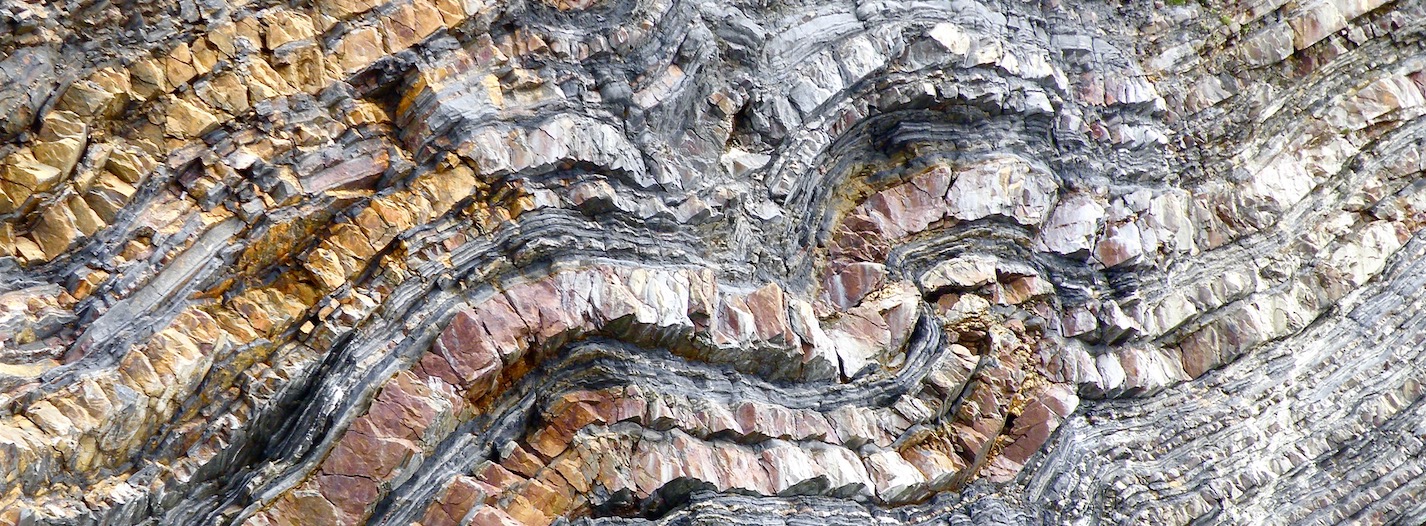
Online Short-Course on Structure Map Basics
Course Details
Welcome to the Online Short-Course on Structural Mapping. We understand that with the global pandemic, oil price crash, and with most companies slashing training budgets, travel expenses are the biggest hurdle in getting the training you need.
Starting in 2015 we were the first online geoscience course provider that included live lectures, exercises, and modules that you can pick and choose. Although we recommend that you complete all modules in the correct progression, we understand the time and budget constraints, therefore you have the flexibility of choosing what modules to take and the order in which you complete them.
Course notes and exercise materials will be provided to you using a dropbox link. The price of individual modules is $500 and if you choose to take all modules together you can do so for $1250 if you’re a professional, $500 if you are a student. We do provide group (more than 5 participants from your company)l discounts as well, e-mail us to find out if you are eligible.
Each module runs for 3-hours and is taught live on Zoom so you have an opportunity to be interactive and ask the instructor questions. If you want a sample of the instructor’s teaching style you can watch this youtube webinar.
This course will no longer be offered as a public course – if you are interested you will need to arrange it for your company/institution.
Who Should Attend
• Geologists • Geophysicists • Petrophysicists • Engineers • Graduate Students (Masters or Doctorate)
All who want to develop a thorough understanding of fractures and their effect on hydrocarbon production.
Need more information?
Course Outline
Module 1
Proper structure maps are essential for identifying traps, migration pathways, fault seal analysis, operational risks, and fractured areas. This course provides participants with the tools and concepts needed to construct a proper structure map. We discuss many tips, tricks, and techniques for mapping faults, contouring around faults, and how to use a structure map for prospect exploration and evaluation. In module 1 we begin by introducing the basic faulting concepts including kinematics and stress, fault symbols and terminology, relationships between fault length and offset, fault timing and tectonic stratigraphy, and understanding fault linkage and segmentation.
Module 2
A structure map cannot be created without also having several associated cross-sections; therefore, we will also discuss the kinematics of a proper structural cross-section. We will cover this section by looking at some general faulting and fold models and how to turn those into proper cross-sections. We will also cover a few tricks and tips for interpreting structural cross-sections including the impact of vertical exaggeration.
Module 3
In this module, we will discuss interpretation mechanics and workflows such as incorporating faults into your structure map. We will also go over the different ways to use the map for prospect and play evaluation. We will briefly introduce structural domains and how a structure map can aid in determining outlines for the domains. By the end of the course, participants will have the tools and knowledge to present a kinematically viable and visually appealing structure map to management and peers that can be used for presentations, publications, and play/prospect evaluations.


